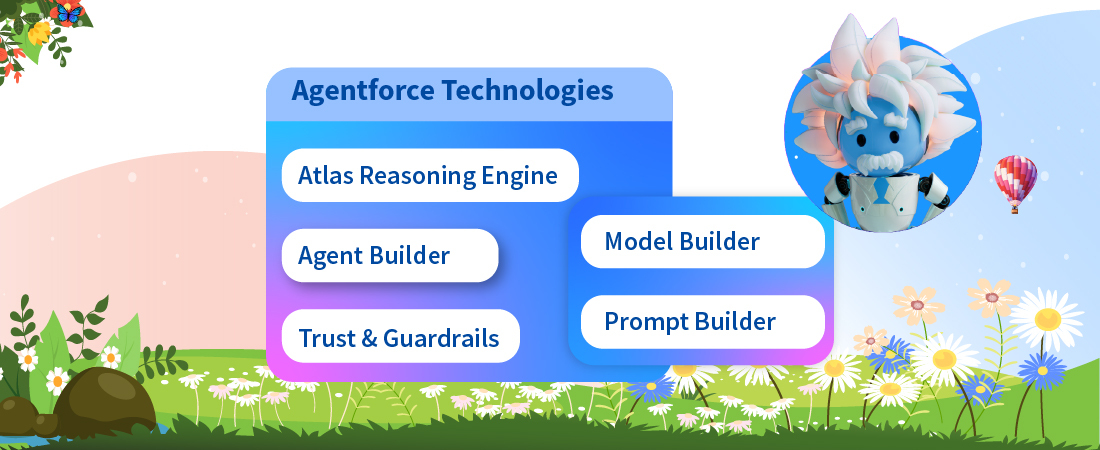With maturing of data platforms that enable tracking and assimilating of data a seamless exercise acquiring and analysing customer data has become easier than ever. However, this information explosion also causes companies to sometimes miss out on capitalising opportunities owing to a failure in implementing an integrated customer database that stores and makes this data available for use. While companies are collecting more data than ever, it’s becoming tricky to piece it together and use it to build better campaigns. Enter Customer Data Platforms (CDP) that shift which helps in controlling this customer database from IT to the marketing department. Through CDPs, marketers can support coordinated programs across a variety of channels. Unlike traditional marketing systems largely focused on execution, CDPs primarily focuses on database management.
A CDP helps businesses in the following ways:
- Data loss minimisation by reducing data fragmentation while evolving on the personalisation front.
- SaaS stack scalability allowing businesses to switch technologies without compromising on the data.
- Offering customers an unforgettable experience by implementing an efficient marketing stack.
To ensure a unified view of customer it is important for a business to shift to a comprehensive CDP to optimise its customer engagement campaigns. In doing so, it must keep some essential requirements for design implementation in perspective.
Synchronization of Offline and Online Data
When it comes to multi-channel B2C businesses, customer data is collected through both offline and online channels. Offline customer data can be collected through community events, in-store workshops, in-store browsing or purchases, near field communication devices and call centre experiences. On the other hand, online data is collected via online browsing, purchases, social media engagement, and basic profiles (including email, social media handles, website, and contact numbers). CDPs should have the capacity to effectively store all digital and physical data; it should also make use of the data collected through various channels and maintain a comprehensive customer profile. This data can then be exploited for engagement and marketing purposes.
Data Quality and Customer Identity Resolution
Quite like your business, the CDP should be omni-channel and offer services like standardisation of data, data deduping, and data cleansing. These customer profiles should be meticulously and regularly maintained and updated. The information in this customer database should also be easily accessible while running a marketing campaign to ensure no potential deal gets left out. It is important to have a CDP that maintains the highest quality of data and customer identity resolution.
Data Sources
Organizations must understand how the CDP is sourcing its data. The CDP can procure data from the client’s systems such as CRM, web analytics, content repositories, accounting, and other operational sources. Some CDPs are also able to directly capture digital behaviours through their own tags on web pages and emails. Some can scan websites and social networks for prospective customers using sophisticated natural language processing.
Predictive Models and Behavioural Learning
CDPs should have the ability to differentiate between usable customer data and intelligently make this available to marketers for initiating customer engagement. The marketers can then be involved in controlling and monitoring customer engagement. A perfect CDP should have an advanced artificial intelligence machine to note customer behaviour learning through data prediction. This gives the customer a genuine one-on-one experience that enhancer a brands value.
Selection
Is the system able to decide which customer engagements to deliver from a list of alternatives? Coordinating such engagement across channels is a primary motivation behind building an integrated solution. Most CDP systems will offer some degree of engagement selection but just a few allow for detailed control over rankings, campaign design, testing, and optimization.
Data Processing
Customer data forms the foundation of a data-driven decision making within a corporation. From aspects as simple as which products consumers buy in a particular season to cohort analysis. This data is useful only if it can be used to engage with the customer base. Thus, there is a need for an integrated CDP that can not only store and offer access to this data but can also extract actionable insights that are essential for marketing campaigns. When evaluating CDPs, marketers must consider their use cases and understand how a CDP is helpful to their evolving needs.
Deployment and Support
While CDPs are designed for non-technical users, it is important to understand their installation, duration of the initial deployment, expectations from the marketer, and the training and support offered by the vendor.
Compatibility with Various Platforms
Every business will experience various stages of evolution that may involve a switch in the platform. Thus, a CDP must be configurable and should support the change in platforms. Furthermore, it should offer easy customisation depending on the brand requirement. Every business tracks engagement in a somewhat unique way and a customer data platform needs to keep this in consideration as any change in the tracking metrics will also affect the way a brand is using data to identify and engage with its customers. In fact, the problem with prominent SaaS platforms is that their solutions address specific business needs and hence, a change in platform could result in imposing limits on the features.
Robust reporting
A CDP must allow the marketer to drill into customer data, at the single profile level and in aggregate across customers and segments. An enterprise CDP must provide marketers with customer data reporting and analysis so they understand customer patterns, behaviours to create effective segments for campaigns. Thus, it is essential to choose a CDP with built-in reporting and customer analytics.
Not all CDPs are created equal. As they evolve in their functions, marketers must understand their expectations and ask the right questions to design the right platforms. Choosing a CDP wisely means reaping its benefits throughout the lifetime of a business.






